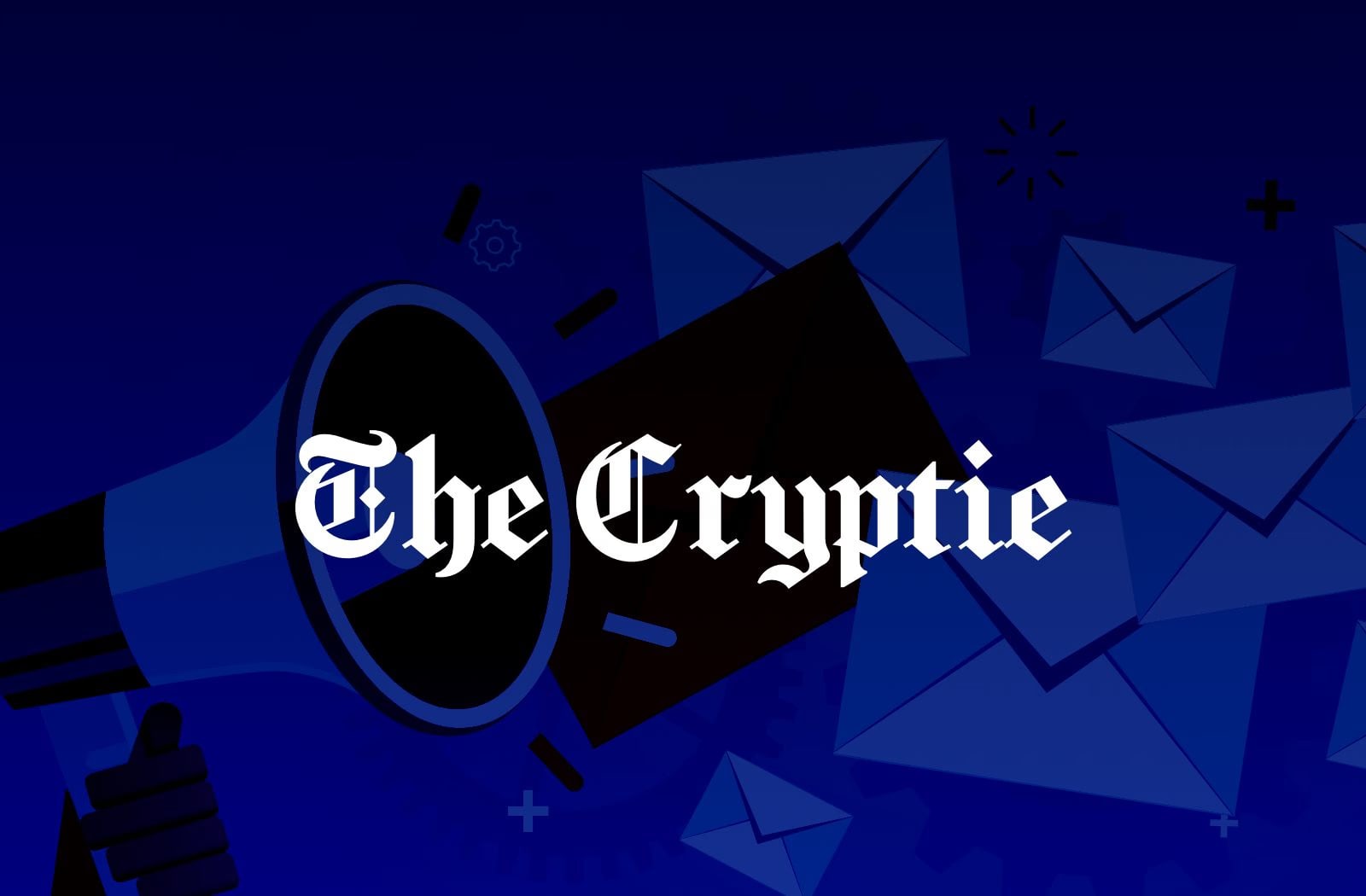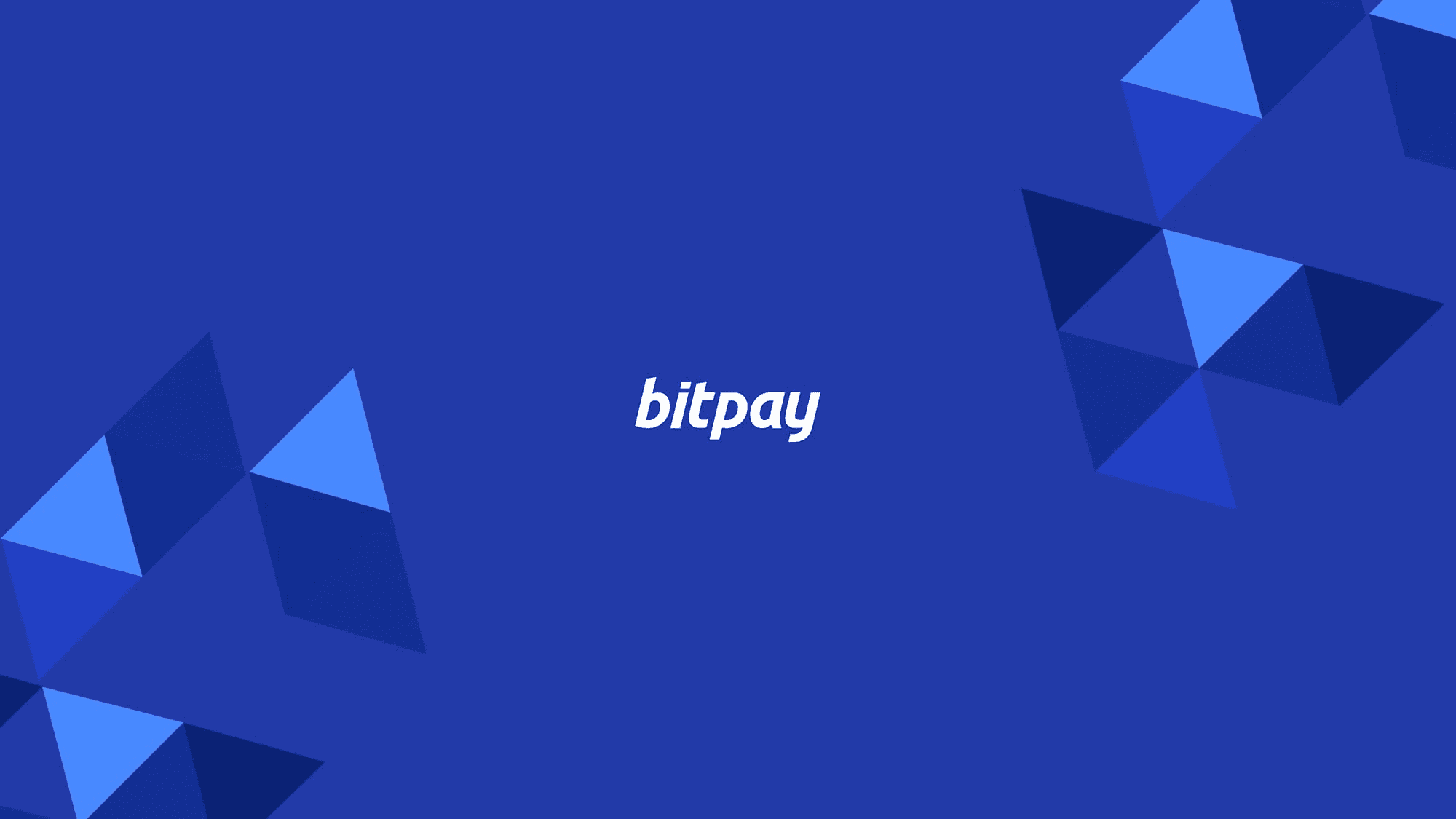September 22, 2022
What is Decentralized Finance (DeFi)? How DeFi Works and How its Disrupting Traditional Financial Systems
The Important Bits
DeFi removes intermediaries from financial services, offering decentralized alternatives for lending, borrowing, and trading. Built on blockchain, it empowers users with transparency, control, and access to financial tools. DeFi is revolutionizing traditional finance by making it more accessible.
Decentralization is a fundamental aspect of cryptocurrencies like Bitcoin. But a form of currency outside the traditional banking system is only scratching the surface of what’s possible in the emerging world of decentralized finance, or DeFi.
Intro to DeFi
Cryptocurrencies like Bitcoin are a decentralized form of money, functioning without the need for a governing authority like a central bank or national government. In contrast, fiat currencies are centralized, meaning they are created and put into circulation by governments, and overseen by organizations like the U.S.’ central bank the Federal Reserve.
As the cryptocurrency ecosystem has grown, new entrants to the space in recent years have endeavored to decentralize other major elements of legacy financial systems. This has given rise to a vast ecosystem of financial tools and services that operate in a completely decentralized manner, from lending and borrowing services to earning interest income. The umbrella term for this ecosystem is decentralized finance, or DeFi.
What is DeFi?
DeFi, short for Decentralized Finance, is the blanket term given to a wide range of financial services which operate on public blockchains, most often Ethereum. The DeFi ecosystem has a centralized counterpart for virtually any financial transaction traditionally facilitated by major banks or other institutions. DeFi users can find borrowing and lending services, obtain insurance, earn interest on their holdings and much more, all through peer-to-peer (P2P) transactions, without involvement from any intermediary or middleman.
DeFi vs. CeFi
CeFi, or centralized finance, includes “old guard” institutional players like banks, insurance companies and corporations, with plenty of other third parties in the mix. These entities are operating with a profit motive, meaning any transaction or movement of money they facilitate will incur a fee of some kind.
In DeFi, the elimination of middlemen lets users save time and money when transacting business or engaging in other decentralized financial services. Additionally, with no accounts to juggle or forms to fill out, which are both staples of CeFi, DeFi allows users to complete these transactions significantly faster. Ultimately, DeFi aims to increase access to financial services to anyone across the world with an internet connection.
How does DeFi work?
Just like cryptocurrencies, DeFi leverages blockchain’s distributed ledger technology to serve as a globally accessible database for recording financial transactions. Users interact with the DeFi ecosystem through decentralized applications, or dApps, which utilize self-executing, immutable smart contracts to start or complete transactions. These smart contracts are what make P2P transactions possible without a central governing authority. When a smart contract is initiated, both parties must agree to the same transaction terms upfront, which are then hard-coded into the smart contract. Only when the agreed-upon parameters of the contract are fulfilled is the transaction completed and recorded onto the blockchain. Using key blockchain attributes such as distributed networks and encryption technology, DeFi platforms can offer a secure system to record transactions in a tamper resistant and anonymous manner. This makes the information on the DeFi network impossible to alter, thereby increasing its integrity and reliability.
The majority of DeFi activity takes place on the Ethereum blockchain because its open-source design encourages developers to create DeFi applications on the platform. The Bitcoin blockchain was designed to facilitate P2P transactions, but not for creating the kind of self-executing smart contracts Ethereum has become known for.
What can you do with DeFi?
Through DeFi, users can access a world of decentralized financial services with no involvement from third parties. In fact, you don’t even need an account with a crypto exchange to participate in DeFi. A few of the most popular uses for DeFi include:
Decentralized Exchanges (DEX)
Decentralized exchanges, or DEX, enable users to buy crypto, sell or trade directly with other users from their crypto wallets using smart contracts. Centralized exchanges, such as Coinbase and Kraken, all have some form of central organization running things behind the scenes, but decentralized exchanges are purely P2P. DEXs use automated market makers (AMMs) that maintain price discovery for any order size. To encourage users to provide liquidity pools, liquidity providers earn fee income from users and swaps. Using a decentralized exchange to buy, sell and swap crypto is often much cheaper and provides access to a broader variety of assets compared to centralized exchanges. Popular decentralized exchanges include Sushi Swap, 1 Inch, Pancake Swap, Uniswap.
Crypto lending and borrowing
DeFi lending platforms such as Maker, Aave and Compound allow users to borrow or loan out crypto assets to other users. Borrowers pledge cryptocurrency lily Bitcoin as collateral, securing a stablecoin-denominated loan at an attractive interest rate. Parties on both sides of the transaction benefit from decentralization because terms are lower and rates are more negotiable than when dealing with a monolithic centralized financial entity. The terms of the agreement are upheld through smart contracts, which cannot be changed and automatically execute once all agreed-upon conditions are met. Such innovative ways of borrowing have given consumers options to gain access to capital much faster than currency finance routes, as DeFi borrowing can operate 24/7 from anywhere in the world.
Staking assets to earn interest
Another popular use for decentralized finance is DeFi staking, through which crypto holders lock up or “stake” their assets in a smart contract in exchange for interest payments or other rewards. These rewards are usually considerably higher than the interest rates offered on a savings account. Dollar-pegged digital assets called stablecoins have also enabled users to generate yield on crypto assets deployed in these DeFi markets, becoming a popular way to earn yield while guarding against crypto’s price volatility. Converting fiat like U.S. dollar to a stablecoin like USDC, is the easiest way to tokenize holdings, which can then be deployed in DeFi protocols. DeFi lending platforms have become a popular alternative to holding deposits in traditional low interest-yield savings accounts.
Participate in DAOs
Decentralized autonomous organizations (DAOs) are entities governed by community members who typically operate under a shared goal. Community members establish rules via smart contract dictating how the DAO operates. This can include everything from which new projects to pursue to how funds in its treasury are spent. Use cases include venture capital firms owned by a collective and charities where members can approve donations.
Popular DeFi platforms and protocols
Although DeFi is a relatively young technology, numerous popular platforms have emerged that can perform a variety of services, many of them garnering millions of monthly users.
Maker DAO
One of the oldest and most trusted DEXs, Maker DAO is a P2P crypto lending and borrowing platform governed by smart contracts. It’s powered by its native token, DAI, an ERC-20 stablecoin soft-pegged to the U.S. dollar.
Uniswap
One of the top DEXs on the Ethereum blockchain, Uniswap lets users perform P2P crypto transactions or list new DeFi tokens on the exchange for free. Its native token, UNI, has a market cap just shy of $4.5 billion as of September 2022.
Polkadot
Inter-blockchain compatibility, or lack thereof, is often cited as a top hurdle to broader adoption of DeFi, since developers and users are typically confined to a single ecosystem. Polkadot serves as an open-source network that allows for greater interoperability between blockchains. Polkadot’s native governance token DOT is used to validate network transactions.
Polygon
Perhaps one of the DeFi world’s best-known projects, Polygon facilitates both scalability and interoperability for blockchains. Utilizing Ethereum blockchain technology, Polygon’s native ERC-20 token MATIC is used to secure the network, and is a popular choice for earning staking rewards.
Is DeFi safe?
Before jumping into anything in the DeFi space, it’s natural curiosity to wonder how safe it is. Regulation around Defi and its many applications remains unsettled, with minimal consumer protections and safeguards in place compared to traditional financial systems. As such, DeFi investing remains high risk and should be pursued with caution.
As always, if a project or investment opportunity seems too good to be true, it probably is. DeFi is nothing short of a revolution in digital assets, capable of bringing many new and exciting things to the financial sector. But with all of the technological advances, common sense is still one of the best weapons in the fight against hackers and scammers.
Note: All information herein is for educational purposes only, and shouldn't be interpreted as legal, tax, financial, investment or other advice. BitPay does not guarantee the accuracy, completeness, or usefulness of any information in this publication and we neither endorse, nor are we responsible for, the accuracy or reliability of any information submitted or published by third parties. Nothing contained herein shall constitute a solicitation, recommendation, endorsement or offer to invest, buy, or sell any coins, tokens or other crypto assets. BitPay is not liable for any errors, omissions or inaccuracies. For legal, tax, investment or financial guidance, a professional should be consulted.





